A park is a public green space maintained by local authorities. It provides residents and visitors with dedicated natural areas to enjoy relaxation, recreation, and social interaction. Parks positively...
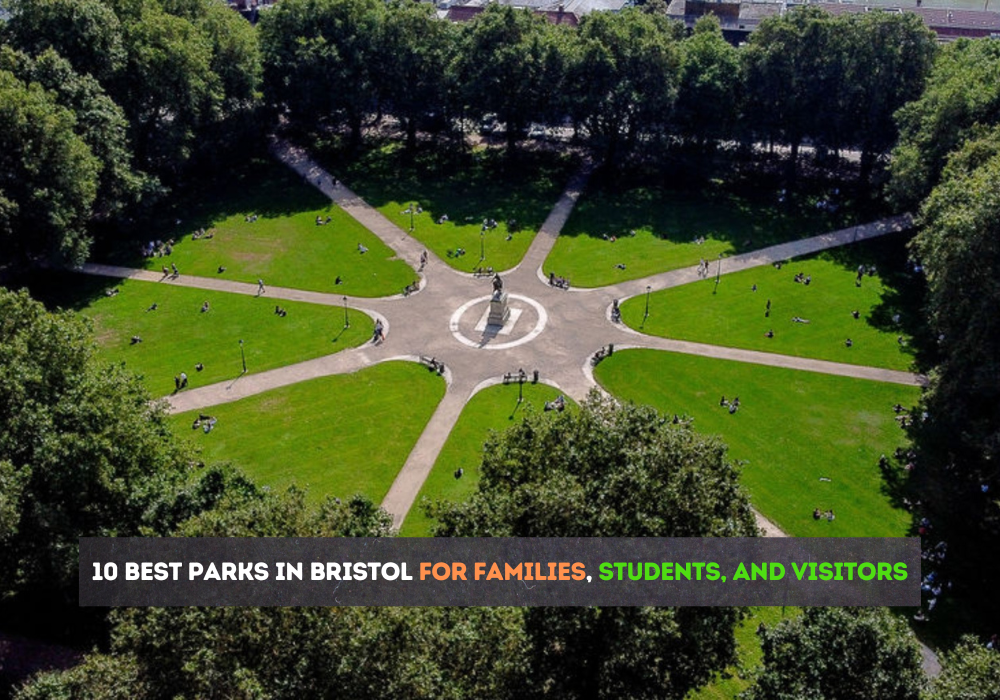

A park is a public green space maintained by local authorities. It provides residents and visitors with dedicated natural areas to enjoy relaxation, recreation, and social interaction. Parks positively...
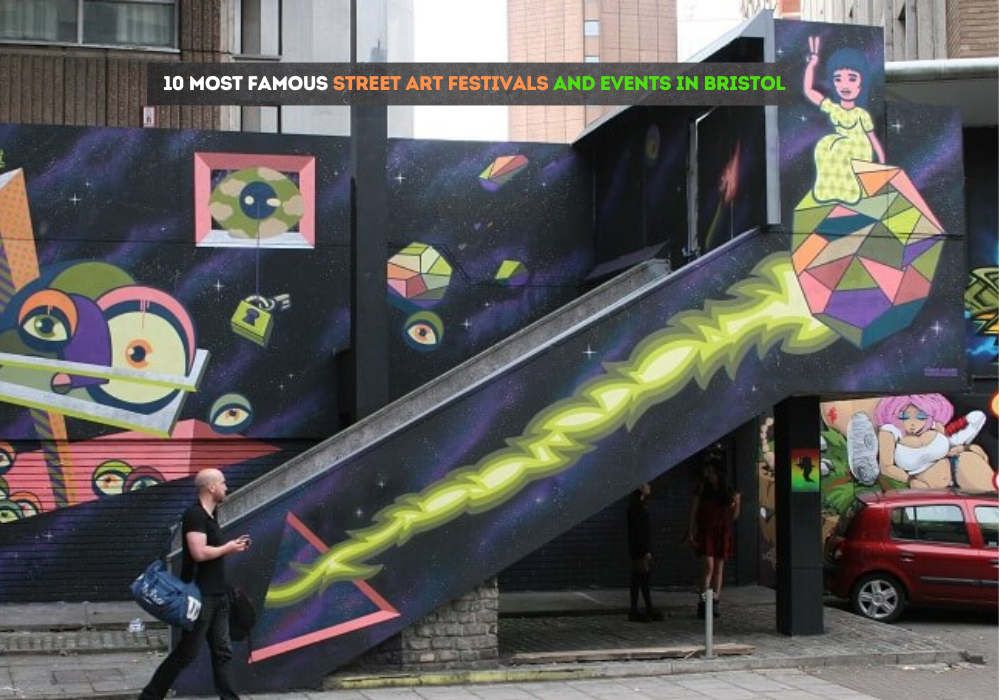
A street art festival publicly displays murals, graffiti, and artistic installations, actively engaging communities with live artistic performances. These events directly support local...

A safe neighborhood is a residential area characterized by low crime rates, accessible amenities, reliable transportation, high-quality education, and active community involvement....

Student accommodation areas are neighborhoods chosen by students for safe, affordable housing close to their university campuses. Selecting a suitable area enhances academic productivity,...
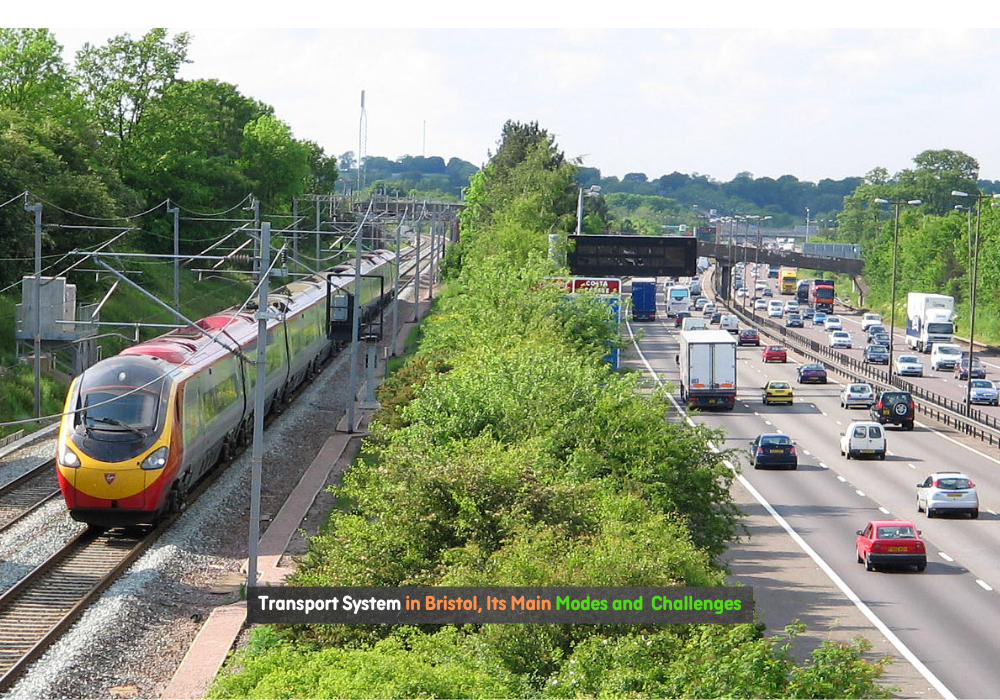
The transport system in Bristol integrates multiple transit modes, including buses, trains, coaches, cycling infrastructure, and taxis, effectively addressing urban expansion and rising...
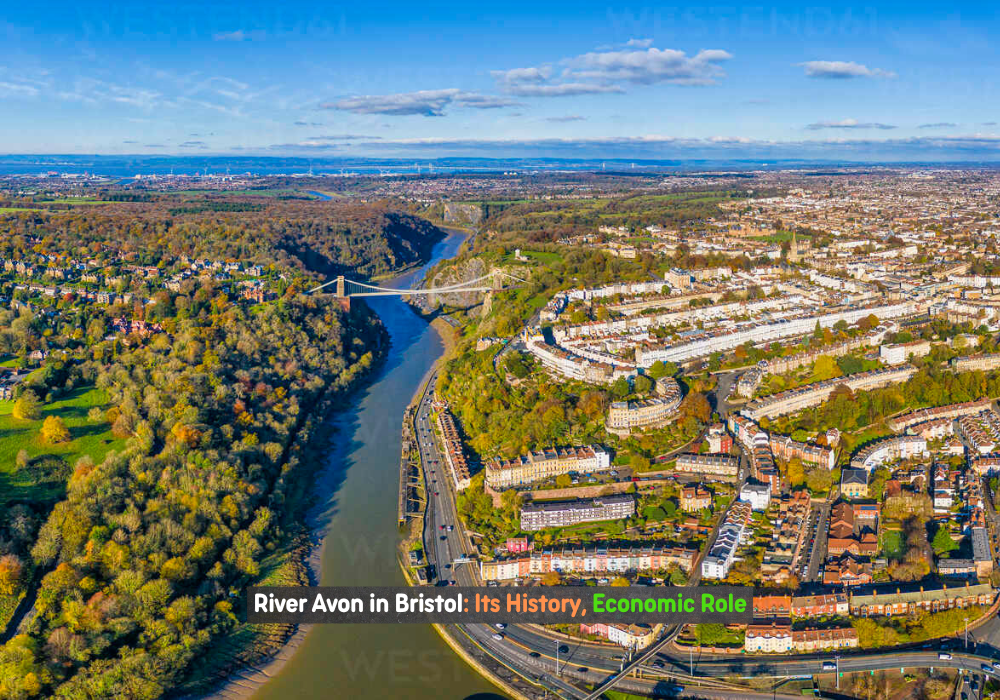
The River Avon in Bristol is the United Kingdom’s 19th longest river, spanning 83 miles (134 km) from its source to the Severn Estuary. Within Bristol, the Avon flows centrally through key urban...
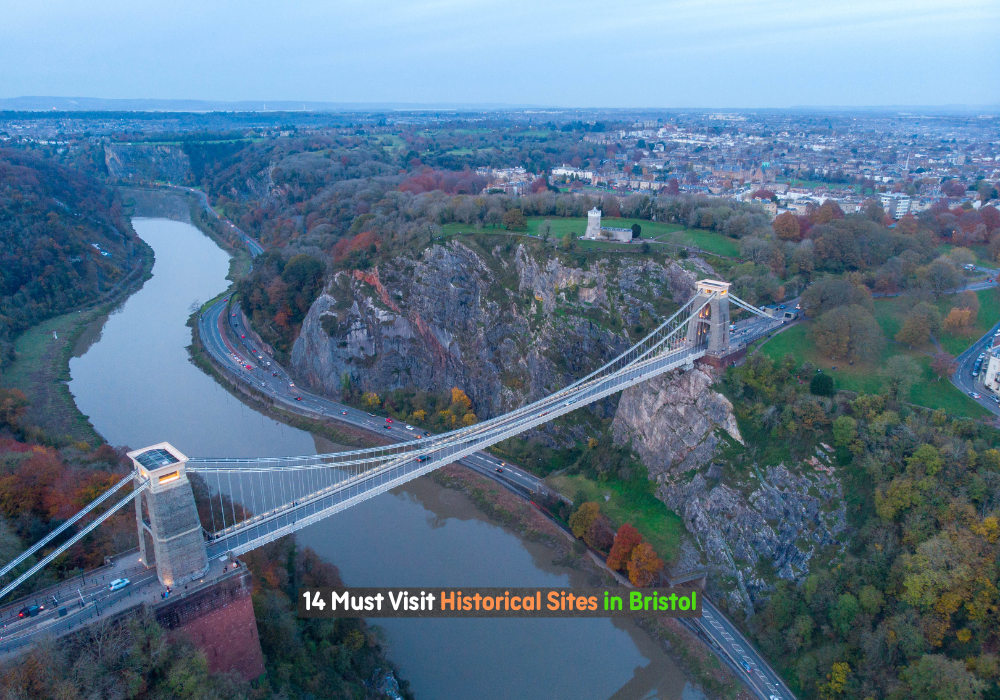
A historical site is a preserved location valued for cultural significance, notable architecture, or historical events, representing a tangible connection to past eras. These landmarks offer cities...

An artwork is a visual creation that expresses meaningful cultural or social ideas. A famous artwork gains public recognition because it resonates with broader society, often influencing...
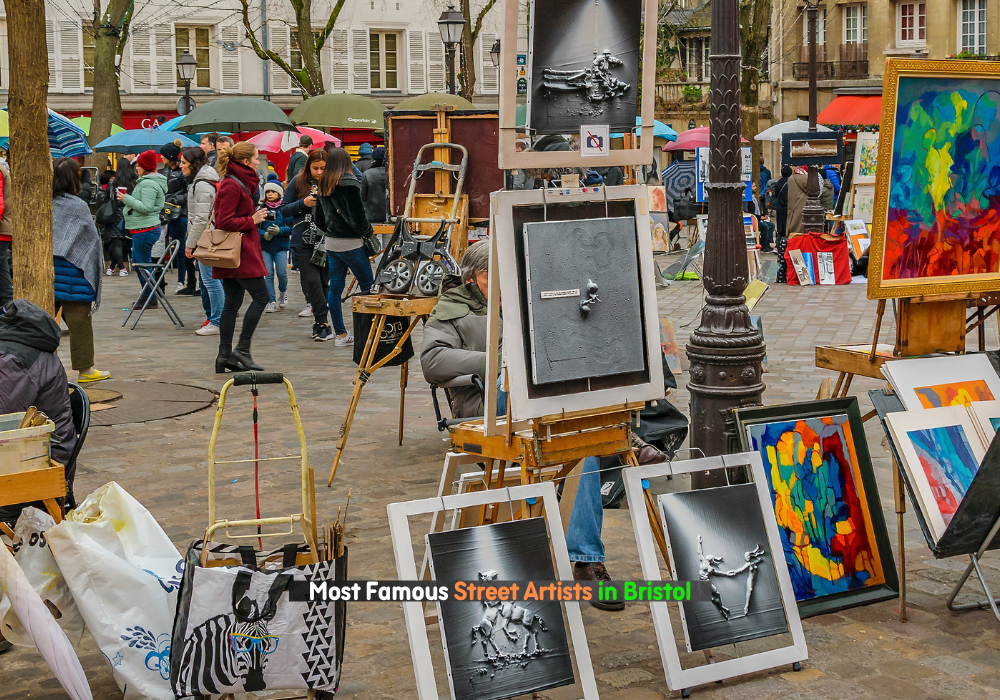
Artists shape cultural identities by creating visual narratives that drive societal discussions and reflect community values directly. According to University of Bristol Cultural Heritage Department...

Street art in Bristol is a dynamic form of artistic expression that blends historical, cultural, and socio-political narratives into the city’s urban landscape. Rooted in graffiti culture, it has...